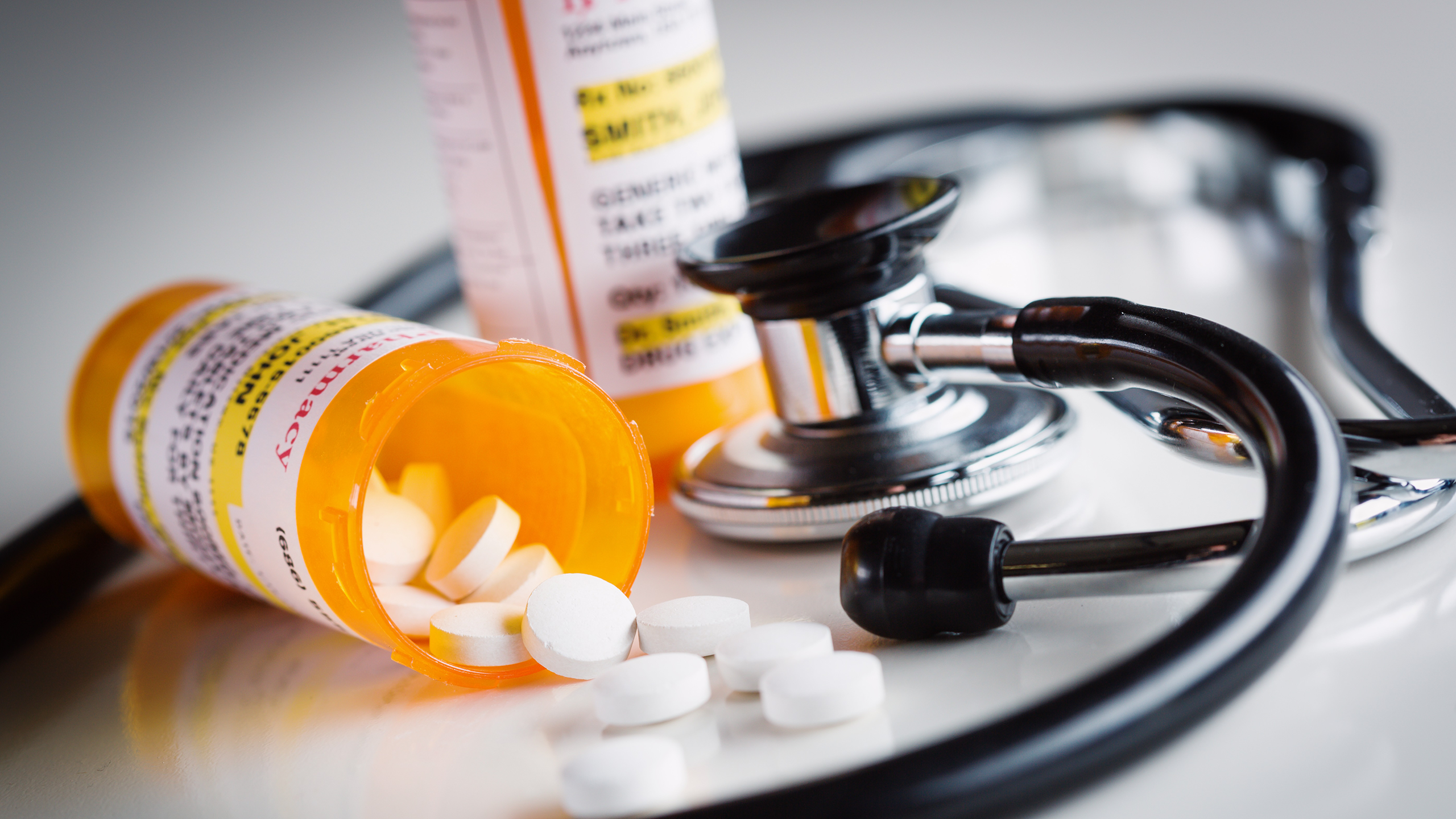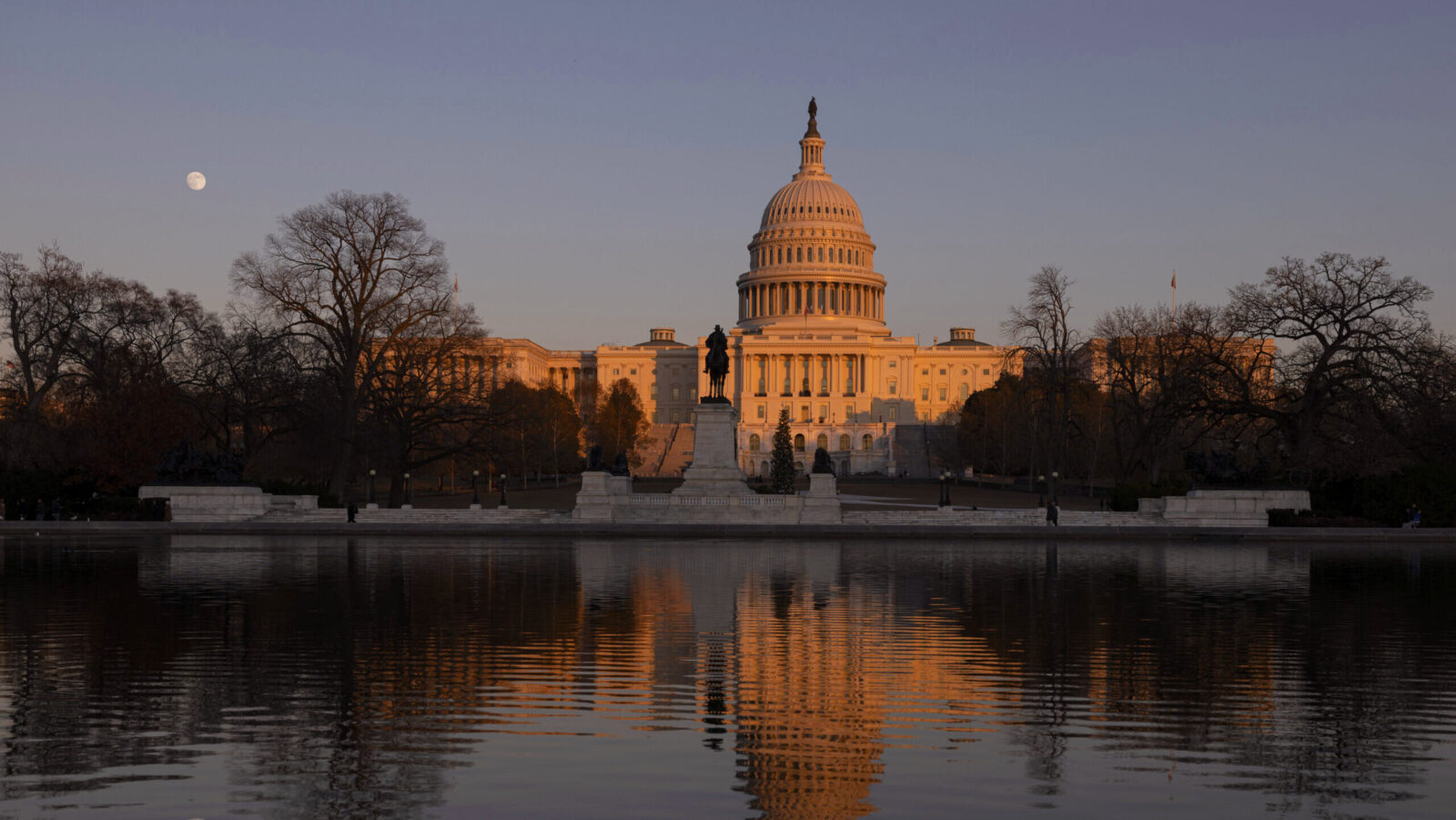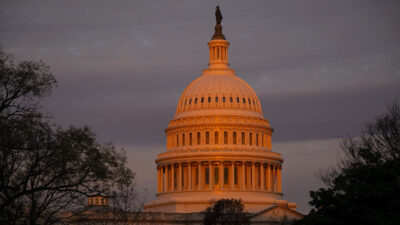Proposed Crackdown on Pharma Ads Leaves Cable TV Fearing $10B Withdrawal
The US and New Zealand are the only two countries that allow pharmaceutical companies to directly advertise to patients on TV.

Sign up for smart news, insights, and analysis on the biggest financial stories of the day.
There’s a big regulatory shift under consideration in Washington. Possible side effects could be lethal for cable TV.
On Tuesday, Bloomberg reported that the White House is considering policies that would ban pharmaceutical companies from directly advertising to patients. The news comes just after Senators Bernie Sanders and Angus King introduced a bill with similar intentions last week. If it goes into effect, it could leave a $10 billion void in the advertising ecosystem.
Cable Blues
TV ads for pharmaceutical products are an almost uniquely American phenomenon (almost, because the only other country that allows direct-to-consumer advertising of pharmaceutical products is New Zealand). But there was a time, before a deregulation push in 1997, when American TV was nearly as pharma-free as everywhere else. Not because such ads were illegal but because pharmaceutical companies were once required to disclose all possible side effects of their products in advertisements — a process requiring so much air time that buying ad slots proved prohibitively expensive. Yes, believe it or not, the dulcet, rapid-fire listing of possible side effects at the end of pharmaceutical ads today only includes a partial list of a drug’s “most important” health risks.
Now, the White House is considering rolling the clock back to 1997, which experts view as one way to effectively block the ads without triggering First Amendment lawsuits (the Senate bill, meanwhile, is slightly broader, and it remains unclear how it would avoid similar legal challenges). The new regulations would represent another knockout blow to a linear TV industry already suffering from Netflixthelioma — with the TV news business looking especially vulnerable:
- In 2024, companies spent a total of $10.8 billion on advertising direct-to-consumer pharma products, according to a report from the advertising data firm MediaRadar. Pharma companies accounted for as much as 12% of all national linear TV ad spending last year, according to iSpot.
- For news stations — where the average viewer is in the sexagenarian to septuagenarian age bracket — the share is much higher. Through May of this year, drugmakers accounted for nearly 25% of ad minutes across evening news blocks on NBC, MSNBC, ABC, CBS, CNN and Fox News, according to iSpot.
Take Your Medicine: It’d be a major dent for drugmakers, too, who tend to say their ads promote disease awareness and can prompt patients to discuss certain medical conditions with their doctors. For instance, AbbVie’s Skyrizi, which treats moderate to severe plaque psoriasis, generated $2.9 billion in revenue in the US in the first quarter of the year, compared with just $506 million in all international markets combined. The imbalance could possibly be explained by the company’s massive ad spend for the product in the US, where it’s one of the most heavily promoted drugs: AbbVie spent nearly $90 million in the first quarter on TV ads for the drug, according to iSpot, after spending almost $126 million in the last three months of 2024.











